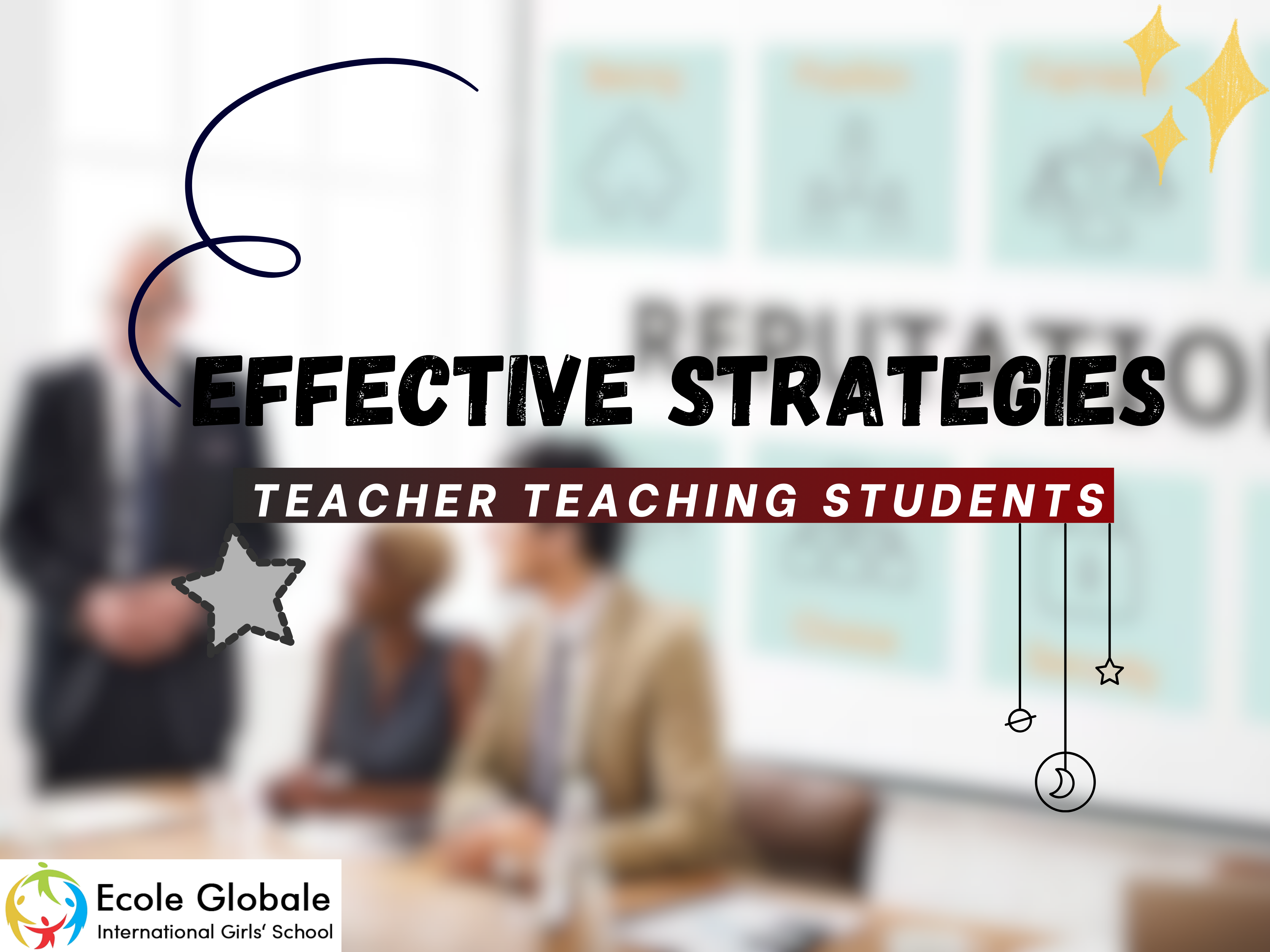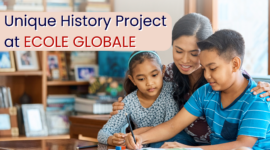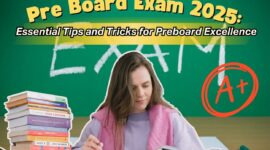In today’s educational landscape, the role of a teacher teaching students goes beyond simply delivering lectures.
It’s about facilitating learning, building connections, and using innovative strategies to ensure that each student reaches their full potential.
Effective teaching not only boosts academic performance but also fosters personal growth and a love for learning.
This guide explores proven strategies for enhancing student engagement, building strong teacher-student relationships, and creating inclusive classrooms that accommodate diverse learning styles.
Student-Centered Teaching: A Focus on Active Learning
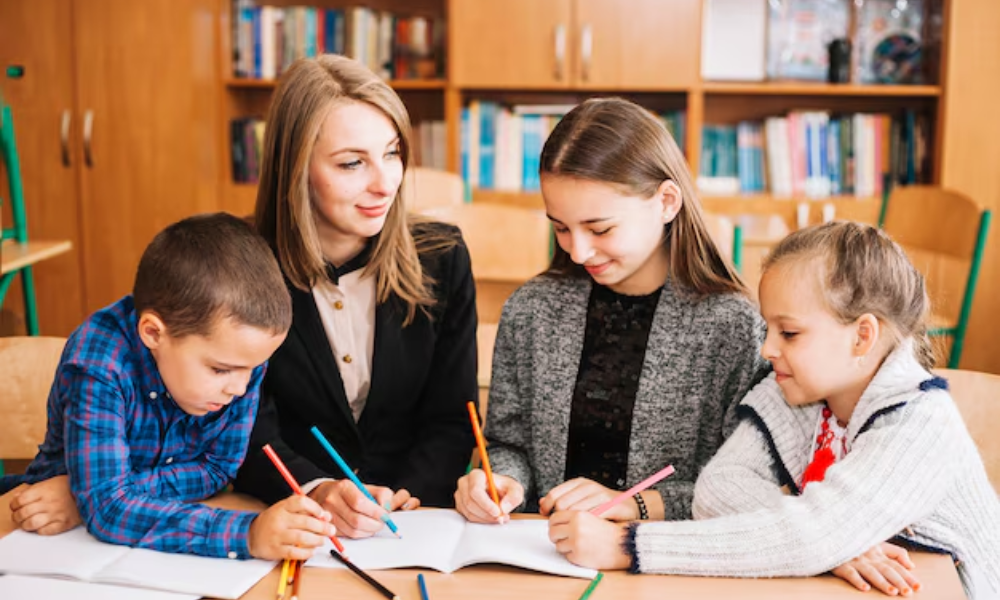
One of the most impactful shifts in modern education is the move towards student-centered teaching. This approach focuses on students’ needs, interests, and learning styles, allowing them to take an active role in their education.
Benefits of Student-Centered Learning
- Increased Engagement: Students who actively participate in their learning process tend to be more engaged and motivated.
- Personalization: Teachers can tailor lessons to meet individual learning styles, ensuring that each student has the opportunity to succeed.
- Critical Thinking: Encouraging students to ask questions and explore topics independently fosters a deeper understanding of the material.
Implementing Student-Centered Teaching Strategies
- Flipped Classroom: Students review new material at home through videos or readings, and classroom time is dedicated to discussions and collaborative activities.
- Collaborative Projects: Group work helps students learn from their peers while developing essential teamwork skills.
- Inquiry-Based Learning: This strategy allows students to drive their own learning by exploring topics through research and problem-solving.
By adopting student-centered approaches, a teacher teaching students can create a more dynamic and engaging classroom environment where learners feel empowered.
Effective Teaching Strategies: Enhancing Student Outcomes
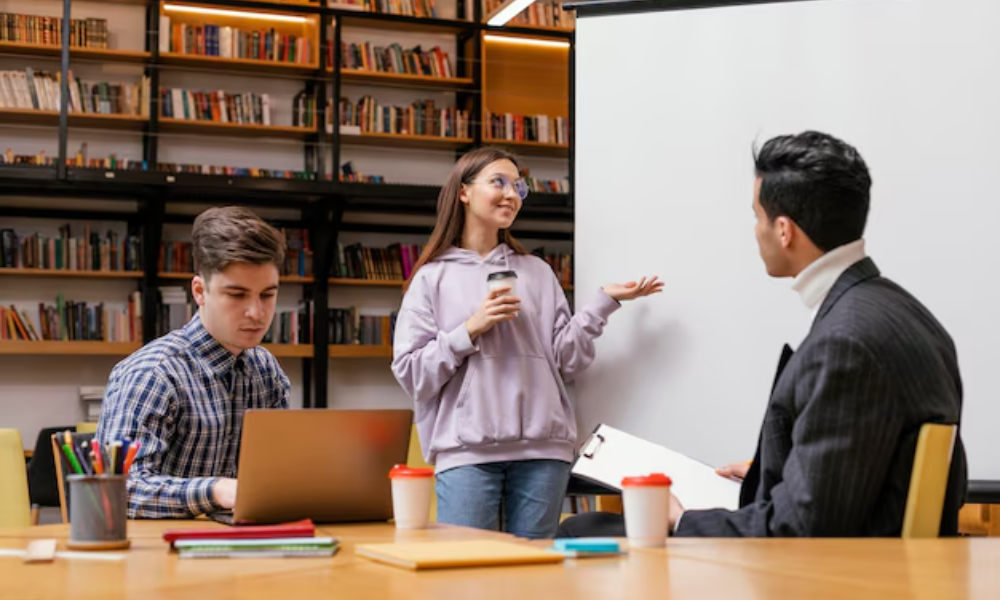
The success of a teacher teaching students lies in the ability to use diverse instructional methods that cater to various learning preferences. Incorporating different strategies helps ensure that every student can grasp the material and apply it effectively.
1. Active Learning
Active learning requires students to engage directly with the material rather than passively listening. This can include group discussions, problem-solving tasks, and hands-on activities that make learning more interactive.
- Think-Pair-Share: A quick, effective way to engage students is to have them think about a topic, discuss it with a partner, and then share their thoughts with the class.
- Interactive Questioning: Teachers can prompt students to answer thought-provoking questions, stimulating deeper learning.
2. Project-Based Learning
This method allows students to explore real-world challenges through in-depth projects, applying what they’ve learned in meaningful ways. Project-based learning enhances critical thinking and problem-solving skills, making lessons more relevant and engaging.
3. Differentiated Instruction
Recognizing that not all students learn the same way, differentiated instruction involves adjusting teaching methods to accommodate different abilities and learning preferences. Teachers can modify the content, delivery method, or assessments to meet the needs of each student.
4. Technology in the Classroom
The integration of technology in classrooms has transformed the way teachers engage students. From educational apps to virtual simulations, technology provides new ways to explore concepts. A teacher teaching students with the help of technology can make lessons more interactive, cater to various learning styles, and increase student participation.
Building Strong Teacher-Student Relationships

One of the cornerstones of effective education is a strong teacher-student relationship. A positive connection between teachers and students creates a classroom environment that is supportive, respectful, and conducive to learning.
Why Building Rapport Matters
- Improved Motivation: When students feel understood and respected, they are more likely to stay motivated and engaged in their studies.
- Emotional Support: Strong relationships help students feel safe and supported, which can lead to better academic performance.
- Classroom Management: Positive relationships often lead to fewer behavioral issues, as students are more inclined to cooperate when they feel connected to their teacher.
Strategies for Building Strong Relationships
- Active Listening: Take the time to listen to students’ concerns, ideas, and feedback. This builds trust and shows that their opinions are valued.
- Encouragement: Regularly praise students’ efforts, not just their achievements. Encouragement boosts confidence and motivates students to keep trying.
- Conflict Resolution: Address conflicts promptly and constructively, ensuring that students feel heard and respected in the process.
By investing time in building strong relationships, a teacher teaching students can foster a positive learning environment where students feel valued and motivated.
Assessment and Feedback: Guiding Student Growth
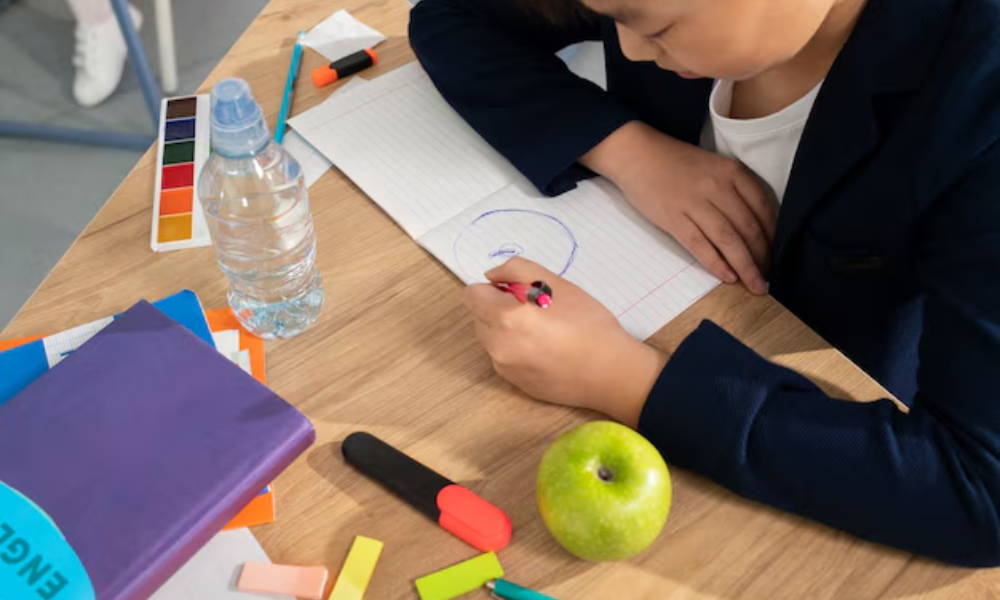
Effective teaching involves more than just instruction; it also includes assessing student progress and providing constructive feedback. Assessments give teachers valuable insights into how well students are grasping the material, while feedback helps students understand where they can improve.
Types of Assessments
- Formative Assessments: These ongoing assessments, such as quizzes and classroom discussions, help teachers monitor student progress and make adjustments to instruction as needed.
- Summative Assessments: End-of-term tests and projects provide a snapshot of student learning at the conclusion of a unit.
Providing Meaningful Feedback
- Verbal Feedback: Offering real-time feedback during class can help clarify concepts and correct misunderstandings.
- Written Feedback: Written comments on assignments offer students detailed insights into their strengths and areas for improvement.
- Digital Tools: Many teachers use platforms like Google Classroom to provide timely, detailed feedback on assignments.
A teacher teaching students who prioritizes clear and consistent feedback helps guide students toward continuous improvement.
Teaching Diverse Learners: Creating Inclusive Classrooms
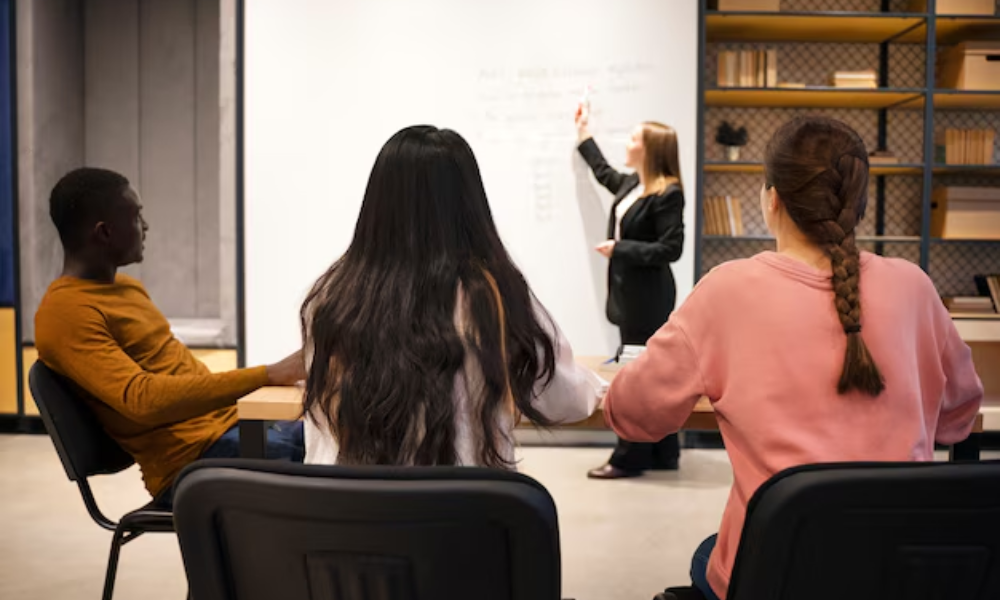
Every classroom is diverse, with students coming from different backgrounds and possessing varying abilities and learning preferences. For a teacher teaching students, it’s essential to create an inclusive environment where all learners feel supported.
Inclusive Teaching Strategies
- Universal Design for Learning (UDL): UDL involves designing lessons that are accessible to all students, providing multiple ways to engage with the material and demonstrate understanding.
- Scaffolding: Breaking down complex tasks into smaller, more manageable steps can help students build their skills gradually, providing support as needed.
- Flexible Assessments: Offering students different ways to demonstrate their understanding, such as through presentations, written work, or creative projects, ensures that diverse learners can succeed.
Supporting Students with Special Needs
- Accommodations: Adjust teaching strategies, materials, or assessments to accommodate students with disabilities or learning challenges.
- Collaboration with Specialists: Work with special education teachers to create personalized learning plans for students who need extra support.
An inclusive classroom benefits not only students with special needs but also their peers, promoting empathy, cooperation, and respect for diversity.
Conclusion
The role of a teacher teaching students is multifaceted, requiring a blend of instructional expertise, relationship-building skills, and a commitment to inclusivity.
By using student-centered approaches, fostering strong relationships, employing diverse teaching strategies, and accommodating the needs of all learners, teachers can create classrooms that inspire and empower students.
In today’s ever-evolving educational environment, teachers who continue to learn and adapt will ensure that their students thrive, both academically and personally.
FREQUENTLY ASKED QUESTION
Q1. What is student-centered teaching?
Answer. It focuses on students’ needs, interests, and learning styles, encouraging active participation and personalized learning.
Q2. Why is active learning important?
Answer. It keeps students engaged, improves retention, and enhances critical thinking by involving them in discussions, problem-solving, and hands-on activities.
Q3. What is a flipped classroom?
Answer. Students study new material at home, and class time is used for discussions, collaboration, and problem-solving.
Q4. How can teachers build strong relationships with students?
Answer. By listening actively, encouraging effort, and fostering a respectful, supportive classroom environment.
Q5. What are some effective teaching strategies?
Answer. Active learning, project-based learning, differentiated instruction, and technology integration enhance student engagement and outcomes.






